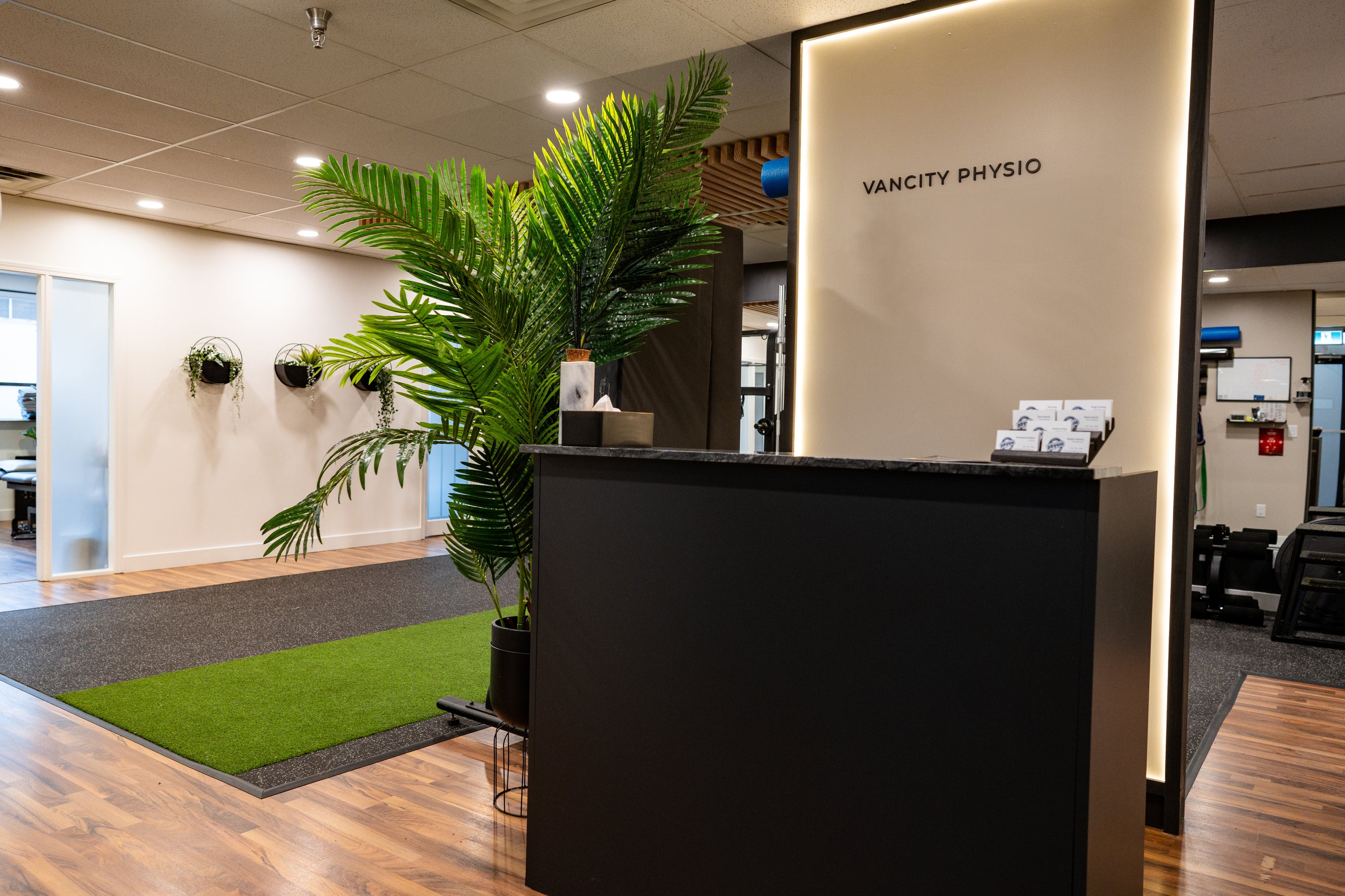Over the span of the last few years, telerehabilitation has become a significant platform for delivery of care that has found its place in modern-day healthcare, cementing itself as a useful and innovative way for health care practitioners to deliver and provide health services.
Maybe you sought out physiotherapy options during the start of this year’s pandemic, only to find that you only had telephysio options only. For many, telephysio has been an effective and convenient service that you’ve appreciated. For others, it’s a very different concept, maybe one that makes you feel uncertain whether or not it can be just as effective. Some of you have received word of mouth referral, but feel it’s better to wait to see a particular therapist in person. But what if it wasn’t so black and white? What if you had the option to have both in-person physiotherapy sessions as well as attend online physiotherapy sessions?
Not everyone has been so quick to adopt this new concept of providing care outside of the traditional method of face to face practice. As far as medicine and physiotherapy go, travelling to a medical centre, doctor’s office or physiotherapy clinic has always been the gold standard. The traditional model is what people have been used to. You get the chance to see your therapist in person, build trust and rapport face to face with your personal health care practitioner. They can immediately have a feel for your muscles and joints and perform manual techniques to hone in during their assessment.
As we approach mid-year of 2020, many of us are still struggling to deal with the effects of the pandemic on the economy and our day to day lives. In B.C., Canada alone, we are seeing a response by the government which has now allowed reopening of non-essential health care services, of many services which include physiotherapy. Across the country, clinics are racing to reopen and navigate the new restrictions in place, how to balance both the safety of their therapists and patients at the same time, while attempting to run a viable and sustainable business. It is safe to say that many therapists and patients are hesitant to jump back into their regular routine of entering into public spaces, and for good reason.
Regardless of your opinion as to whether or not the reopening of physiotherapy services is too soon or whether you feel you wished things had opened earlier (you must really have missed your therapy!), I believe that the future of physiotherapy will evolve and grow from these difficult times.
Quoting published research done by an Italian study in 2017: “In most cases, the initial stages of rehabilitation, after the occurrence of a disease or injury, could be performed by patients at home even if they need accurate and intensive treatment. For these reasons, telerehabilitation was developed to achieve the same results as would be achieved by the normal rehabilitation process at a hospital or face to face with a physiotherapist.1” Telephysio is effective, and is also covered today under most private health insurance companies, ICBC and WorkSafe treatment claims.
This is where my partner Ranko and I propose the hybrid model. A physiotherapy model where both face to face physiotherapy services and online tele-physio sessions are done in combination. In this way, you get the absolute best of each platform.
Your physio might have you fill out all the necessary intake forms and questionnaires as expected of your physiotherapist, assess you online over video consultation, provide you with a comprehensive assessment while providing quality management advice, counsel and a tailored exercise program. If there are any hiccups, such as an unusual or challenging presentation, or changes in expected progression, the patient might then come in for a face to face consultation until the therapist the patient feels confident to continue on through video consultation. Or vice versa, where your patient has their assessment in person, but the management plan is well established, and where management advice and exercise plans can be made through video sessions, the patient gets to have convenience and quality while having the opportunity to have built trust with their therapist at the initial consultation.
Regardless of which platform a patient chooses, physiotherapists still apply and abide by all relevant College standards, rules, and legislation to performance of tele-rehabilitation.
As a Physiotherapist who provides both in-person and online tele-physio services, I truly see the benefits of both- the continuation and advancement of telephysio services becoming the new norm.
As more and more patients take advantage of telephysio, I hope the Hybrid model becomes a stepping stone to allow more patients to see that Physiotherapy as a whole is evolving to provide patients the best care possible. So give telephysio a chance if you haven’t already done so! And while Vancity Physio isn’t offering face to face consultations just yet- we hope we’ve made a strong case for both telephysio and why we think the Hybrid model of Physiotherapy is the here to stay.
Tim Fung
Registered Physiotherapist
Reference:
1) Peretti, Alessandro et al. “Telerehabilitation: Review of the State-of-the-Art and Areas of Application.” JMIR rehabilitation and assistive technologies vol. 4,2 e7. 21 Jul. 2017, doi:10.2196/rehab.7511


